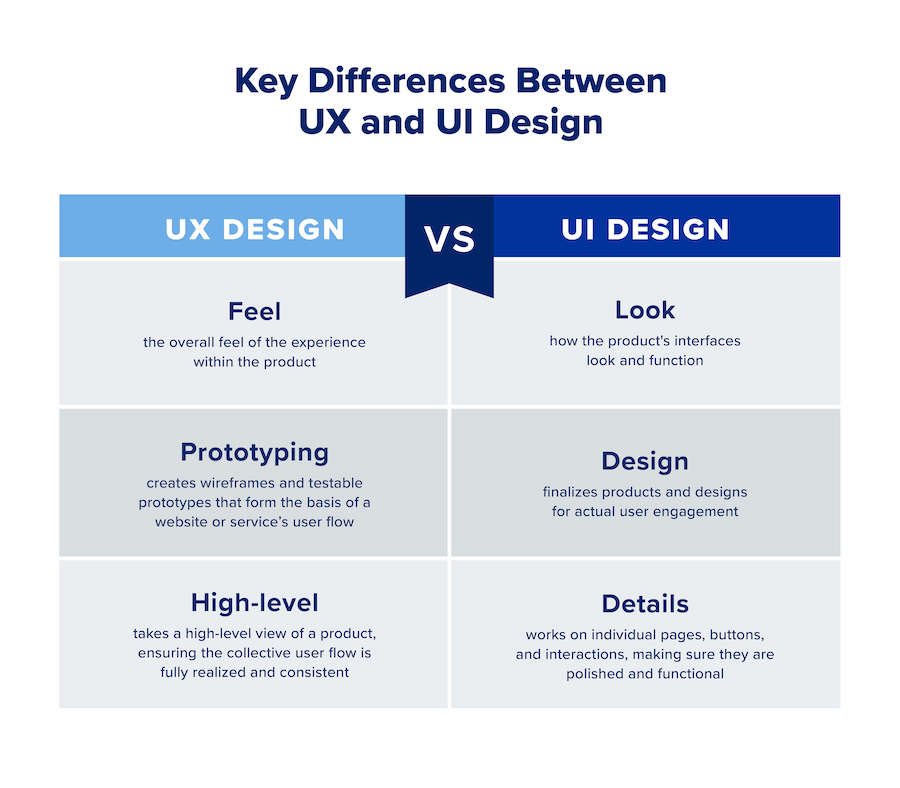Index Surge: Amplifying Your Insights
Stay updated with the latest trends and news across various industries.
Designing Delight: Crafting Interfaces That Spark Joy
Unlock the secrets of joyful design! Discover how to create interfaces that delight users and elevate their experience.
The Psychology of Joyful Design: How Interfaces Influence User Experience
The psychology of joyful design plays a crucial role in how users interact with digital interfaces. When designers prioritize happiness in their layouts, they create environments that not only attract users but also keep them engaged. Elements such as color, typography, and imagery can elicit positive emotions and create a sense of delight. For instance, using vibrant colors can enhance feelings of energy, while rounded shapes often evoke a sense of friendliness. These psychological triggers are essential in crafting user experiences that resonate with individuals on an emotional level, ultimately leading to increased satisfaction and loyalty.
Moreover, interfaces that are designed with joy in mind can significantly reduce cognitive load, making it easier for users to navigate and complete tasks. Simplified navigation structures, intuitive layouts, and interactive animations can create a seamless experience that feels both enjoyable and effortless. This aspect of joyful design not only improves usability but also fosters a deeper connection between the user and the product. By recognizing the impact of design choices on user emotions, businesses can cultivate positive user experiences that encourage repeat visits and enhance overall engagement.

10 Essential Principles for Crafting Delightful User Interfaces
Creating a user-friendly interface requires a clear understanding of its fundamental principles. One essential principle is consistency. This means that visual elements such as buttons, fonts, and colors should be uniform throughout the interface, making it easier for users to predict how to interact with it. Another key principle is feedback, which informs users about the results of their actions. Whether it’s through animations, sound, or visual cues, providing feedback can significantly enhance the user experience.
Furthermore, it’s important to prioritize usability by ensuring that tasks can be completed with minimal effort. This involves creating intuitive navigation and clear calls to action. Emphasizing accessibility is also vital; the interface should be usable by people of all abilities. Lastly, the principle of simplicity should not be overlooked. Strive to eliminate unnecessary elements that can distract or confuse users, thus creating a clean and effective user interface.
What Makes an Interface Truly Joyful? Key Elements to Consider
When considering what makes an interface truly joyful, we must first recognize the importance of user experience. A joyful interface goes beyond mere functionality; it engages users emotionally. Key elements to consider include visual aesthetics, intuitive navigation, and responsive design. A harmonious color palette, well-chosen typography, and appropriate imagery can create a visually appealing environment where users feel comfortable. Additionally, intuitive navigation minimizes the cognitive load on users, allowing them to focus on their tasks rather than getting lost in the interface.
Another crucial aspect is feedback and responsiveness. Users crave validation for their actions within an interface. Ensuring that buttons, links, and inputs provide immediate visual or audio feedback can significantly enhance user satisfaction. Furthermore, incorporating elements of gamification—such as rewards or progression indicators—can transform mundane tasks into engaging experiences. Ultimately, an interface that prioritizes joyful interactions fosters a deeper connection between users and the digital experience, leading to increased engagement and loyalty.